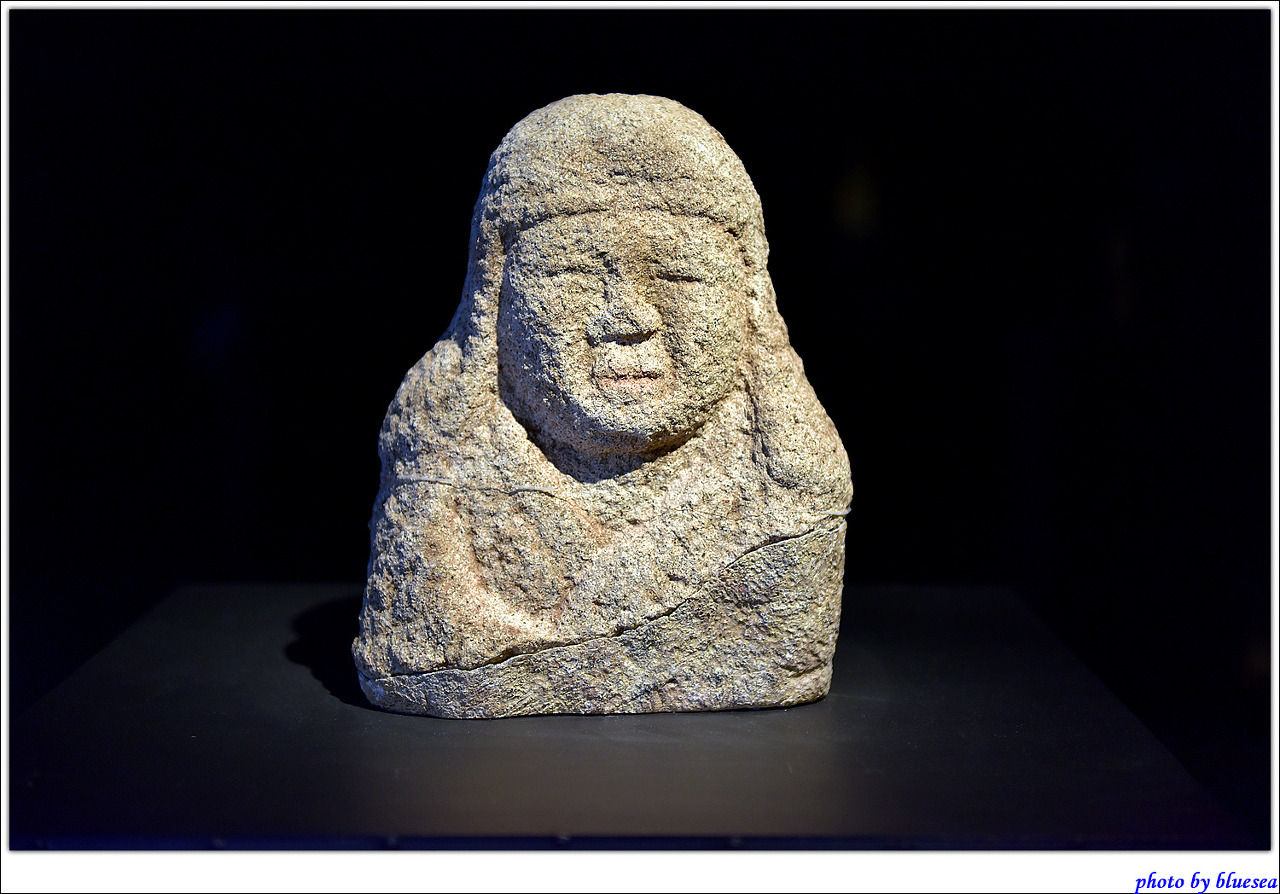Notice
Recent Posts
Recent Comments
| 일 | 월 | 화 | 수 | 목 | 금 | 토 |
|---|---|---|---|---|---|---|
| 1 | 2 | 3 | 4 | 5 | ||
| 6 | 7 | 8 | 9 | 10 | 11 | 12 |
| 13 | 14 | 15 | 16 | 17 | 18 | 19 |
| 20 | 21 | 22 | 23 | 24 | 25 | 26 |
| 27 | 28 | 29 | 30 |
Tags
- 부여박물관
- 청주박물관
- 문의문화재단지
- 청풍문화재단지
- 충북의 문화재
- 공주박물관
- 각연사
- 밀양박씨
- 바람따라 구름따라 가는길
- 화양구곡
- 국립청주박물관
- 선돌
- 곡산연씨
- 티스토리챌린지
- 충주박물관
- 문경새재
- 효자문
- 상당산성
- 한독의약박물관
- 효자각
- 보성오씨
- 공산성 선정비
- 부도
- 법주사
- 화양동 암각자
- 단지주혈
- 사과과수원
- 경주김씨
- 사인암
- 오블완
Archives
- Today
- Total
바람따라 구름따라 가는길
용화사 석불상군( 龍華寺 石佛像群) 본문
|
[정의] 충청북도 청주시 흥덕구 사직동의 용화사 미륵보전에 봉안되어 있는 7구의 불상. [변천] 용화사의 미륵보전 안에 봉안된 이 석불상군은 모두 7구의 석불로 미륵칠체불 또는 칠존미륵불로 불려지기도 하나 본래는 운천동·사직동 일대에 방치되어 있었던 석불들을 1902년(광무 6)에 용화사(龍華寺)를 창건하면서 옮기어 봉안한 것이다. 따라서 칠존불로 동시에 조성된 것은 아니며 규모와 형태, 조성연대가 각기 다르다. [형태] 석불들은 여래입상 4구, 여래좌상 1구, 보살좌상 1구, 그리고 유마상으로 보이는 1구 등 모두 7구인데, 크기나 도상적으로 전혀 상호연관을 지을 수 없다. 거불인 3구의 여래입상부터 살펴보면 머리는 모두 나발(螺髮)이고 육계(肉髻)가 있으며 1구는 육계가 높아서 마치 보살의 보계처럼 보인다. 수인은 2구는 시무외 여원인을 취하고 있고, 1구는 여래상이면서도 특이하게 정병과 보주를 각기 양손에 들고 있다. 이들 중 가슴의 대의 주름이 꽃잎처럼 표현된 불상의 뒷면에는 승상(僧像)이 부조되어 숨어 있는데, 조각이 이 상들 중에서 가장 뛰어난 것으로 보인다. 나머지 4구의 불상들은 크기가 작은 불·보살상들로 표현이 정확하지 않으며, 특히 머리에 두건을 쓰고 책상에 한 다리를 세우고 앉아 있는 불상은 유마상으로 추정되어 특이하다. 불상의 크기는 모두 다른데 가장 큰 서쪽에서 세 번째 불상은 높이가 5.5m에 이른다. [의의와 평가] 이 석불들이 방치되었던 운천동사지(雲泉洞寺址), 흥덕사지(興德寺址) 등 통일신라 이래 고려의 고사지들이 밀집된 곳으로 일대가 청주지역의 고대 불교 융성지였음을 알려준다. 대체로 고려 이후 청주지역의 토착적 불교신앙과 미술을 반영하고 있는 불상들로 추정되나 이후 많은 후보가 있었던 듯 도상이나 조각의 표현 면에서 많은 혼란을 보인다. [현황] 이 석불상군은 1976년에 충청북도 유형문화재 제14호로 지정되었다가 중요성이 인정되어 1989년 4월 10일에 보물 제985호로 승격 지정되었다. [참고문헌] • 장준식, 「청주 용화사 석조여래입상에 부조된 나한상」(『논문집』 2, 충청실업전문대학, 1986) • 『청주시 문화유적』(청주대학교 박물관, 1991) • 『문화유적 분포지도 -청주시-』(충북대학교 박물관·청주시, 1998)
| |
According to the tablet on a ridge beam in the sanctum of Yonghwasa Temple, it is revealed that it was built in 1902. It also has the legend that seven stone statues of Buddha appeared in the dream of the Eom Bi, a consort of King Gojong. They requested her to build a house for them and she sent a person for finding out them so that the stone statues were discovered at the stream to the north-west of Cheongju. So, the Yonghwasa Temple was built and seven statues of Buddha were enshrined in Mireukbojeon Hall. The fact is that the stone statue of Buddha consisting of five statues of Buddha and two Bodhisattva statues are all large and the highest one is 550㎝ and the lowest 140㎝. The 3rd Buddha statue to the left among them has an extraordinary large Usnisa (protrusion on the top of Buddha's head) rising on the curled hair. The body wearing the sacerdotal robe over the shoulders is entirely voluminous and 卍 is carved in relief on the chest. The fifth Buddha statue to the left has unique pleats and the big image of Arhat that seems to have been made in the later is carved on the rear side. In addition, the standing stone statue of Buddha that had the head and two hands repaired after built, especially, has large Usnisa (protrusion on the top of Buddha's head) on the curled hair. Seven Buddha statues all are the standing and seated statues of Buddha wearing the sacerdotal robes over the shoulders and estimated to have been made in the Age of Goryeo, considering the face, detailed technique, especially, pleats and hand shape. (출처: 문화재청 홈페이지) |
'통합청주시 > 서원구(西原區)' 카테고리의 다른 글
| 청원군 남이면 동화사(東華寺) (0) | 2010.04.08 |
|---|---|
| 남이면 동화사삼층석탑(東華寺三層石塔) (0) | 2010.04.08 |
| 청주 용화사( 淸州 龍華寺) (0) | 2010.04.03 |
| 청주 용화사석탑(龍華寺 石塔) (0) | 2010.04.03 |
| 산남동 원흥리 유적( 山南洞 元興里 遺蹟 ) (0) | 2010.04.02 |











